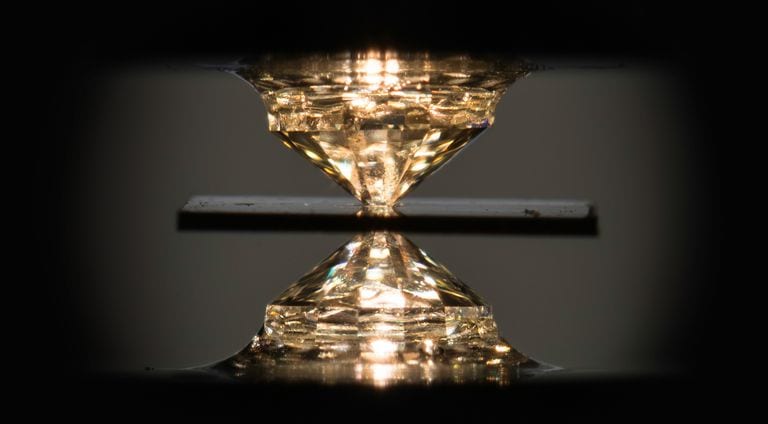It can be easy to tune out what scientists call “huge” discoveries or inventions in this day and age, because it can seem like they are happening on a fairly regular basis.
That said, when something comes along that could significantly impact the way we all use energy in the future ,we should try to understand how – which is why I’m here, writing this article about a room-temperature superconductor!

Image Credit: YouTube
Until this discovery, superconductors have required extremely cold temperatures in order to operate effectively. This one, though, does just fine at around 60 degrees Fahrenheit – a temperature most of us would feel like celebrating just about now.
The previous record was around -10 degrees Fahrenheit, so this is clearly a big step in the right direction.
What is a superconductor, you ask? Well, it’s any material that conducts electricity – sort of like the electrical lines and cables we use to heat, cool, and light our homes – except those regular conductors shed some energy in the form of resistance.
Computers use semiconductors, which use properties of both conductance and resistance to direct electrons.

Image Credit: YouTube
Superconductors are materials that conduct without any resistance at all, and they power things like high-speed computers, nuclear power, and magnets that make things like MRI machines possible.
The issue with superconductors has always been that they require extreme cooling. This new one, though, is a combination of the right chemical compound and the right amount of pressure to conduct at just a bit chillier than a comfortable room temperature.
Scientists say the chemical secret is to choose elements that bond readily even though they’re light. Hydrogen has always been a key element, but this superconductor also includes carbon, sulphur, and hydrogen packed into a diamond anvil.
The anvil applies almost 300 gigapascals of pressure, which is around 3 millions times the ambient air pressure on Earth – and it’s a tiny amount of chemical – but now that scientists have the temperature thing down, they can work on moving it toward a more reasonable pressure, too.
In the paper, the researchers explained further:
“The superconducting state is observed over a broad pressure range in the diamond anvil cell, from 140 to 275 gigapascals, with a sharp upturn in transition temperature above 220 gigapascals.”
Having a superconductor that doesn’t need to be extremely cooled could have wide-ranging applications in electrical engineering and physics, and I, for one, can’t wait to see what they do next.






